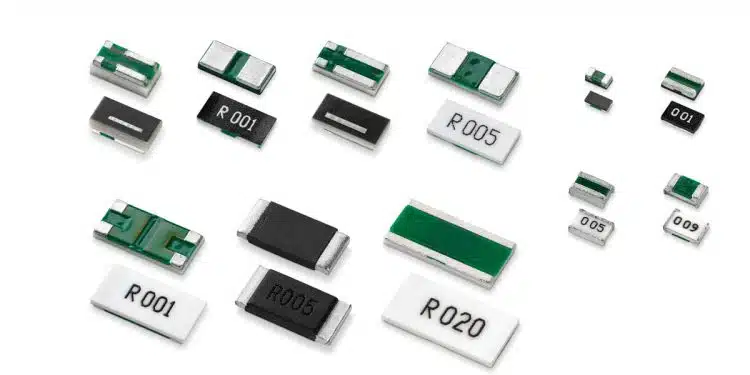Littelfuse, Inc., an industrial technology manufacturing company empowering a sustainable, connected, and safer world, announced the launch of its new Current Sensing Resistor (CSR) family.
These new CSRs offer a more cost-effective solution for measuring current within circuits, enabling voltage monitoring, control, and power management of functions such as battery charging and motor speed, while also providing overcurrent protection.
The Current Sensing Resistors Series is a game changer for both automotive and consumer electronics markets and are ideal for numerous applications, including:
“Our customers include industry leaders in automotive and consumer electronics, who require precise current and voltage monitoring for their advanced technologies,” said Stephen Li, Product Manager at Littelfuse. “To address these needs, the CSR family provides a more cost-effective solution than competing technologies like Hall Effect sensors, current transformers, flux gate sensors (DC only), and Rogowski coils (AC only). Additionally, CSRs work in AC and DC circuits without requiring additional power or equipment to enable measurement.”
The new Littelfuse CSR family of products extends the company’s circuit protection solutions portfolio, deepening its current and voltage monitoring focus. Each of the eight CSRs is either a metal foil, metal strip, or metal plate resistor used for measuring currents in circuits due to its high precision and low resistance rating.
Features
- Cost-effective, compact solution
- Current measurement
- Voltage monitoring
- Power control
- Overcurrent protection
Applications
- Automotive electronics
- Electric vehicles, including 2- and 3-wheelers
- Home appliances
- Consumer electronics
- Industrial automation































